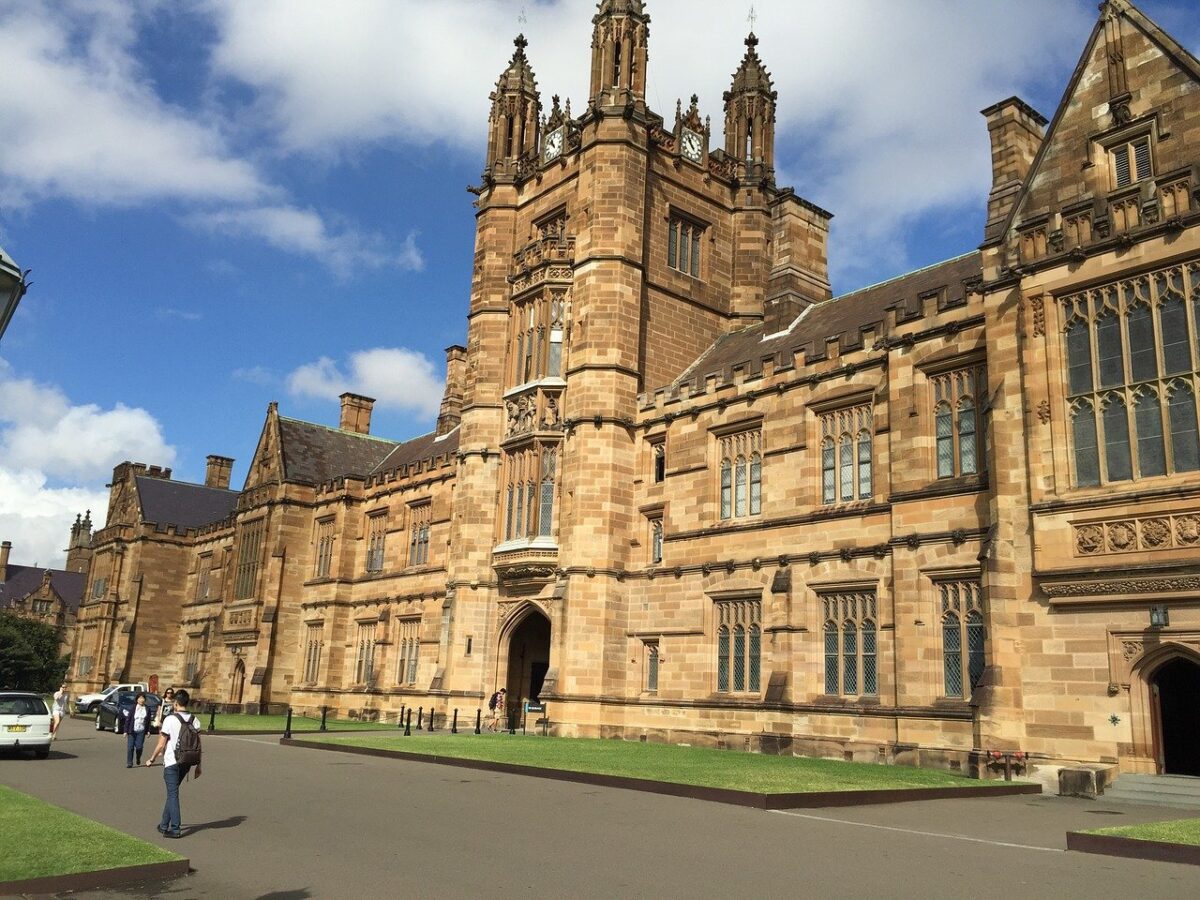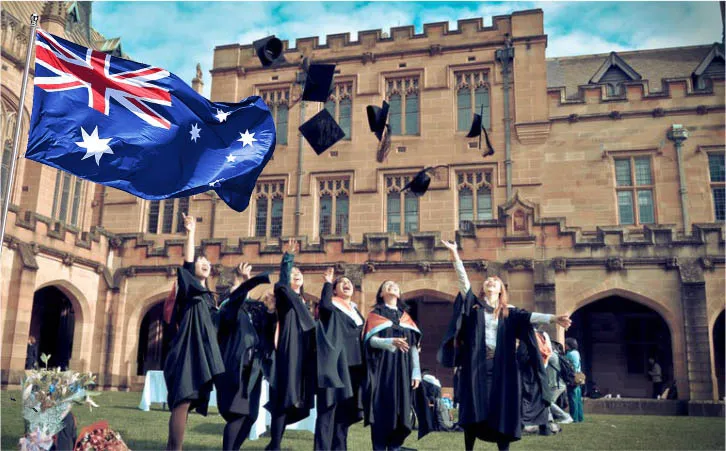Australia, known for its vibrant cities, beautiful landscapes, and high quality of life, has become a favored destination for migrants from all over the world. The Australian Government offers a variety of migration programs catering to skilled workers, family members, students, and investors. Here’s an overview of the main pathways to migrate to Australia.
1. Skilled Migration Visas
The Skilled Migration Program is designed to attract highly skilled individuals who can contribute to the Australian economy. The most common visas under this program include:
- Skilled Independent Visa (Subclass 189): For skilled workers not sponsored by an employer, state, or family member.
- Skilled Nominated Visa (Subclass 190): For skilled workers nominated by a state or territory government.
- Skilled Regional (Provisional) Visa (Subclass 491): For skilled workers willing to live and work in regional Australia.
2. Employer-Sponsored Visas
These visas allow Australian employers to hire skilled workers from overseas to fill positions they cannot fill with local workers:
- Temporary Skill Shortage (TSS) Visa (Subclass 482): Enables businesses to sponsor a skilled worker for up to 4 years.
- Employer Nomination Scheme (ENS) Visa (Subclass 186): Provides a pathway to permanent residency for skilled workers.
- Regional Sponsored Migration Scheme (RSMS) Visa (Subclass 187): For skilled workers willing to live and work in regional Australia.
3. Family Migration Visas
Australian citizens, permanent residents, and eligible New Zealand citizens can sponsor their family members to migrate to Australia:
- Partner Visas (Subclasses 820 and 309): For partners and spouses of Australian citizens or permanent residents.
- Parent Visas (Subclasses 103 and 804): For parents of Australian citizens or permanent residents.
- Child Visas (Subclasses 101 and 102): For dependent children of Australian citizens or permanent residents.
4. Business and Investment Visas
Australia welcomes entrepreneurs and investors through the Business Innovation and Investment Program (BIIP). Key visa categories include:
- Business Innovation and Investment Visa (Subclass 188): For business owners and investors looking to establish, develop, or manage a new or existing business in Australia.
- Business Talent (Permanent) Visa (Subclass 132): For high-caliber business people who are nominated by a state or territory government.
5. Humanitarian and Refugee Visas
Australia provides refuge to people who are fleeing persecution, war, and conflict. The Humanitarian Program includes visas such as:
- Refugee Visa (Subclass 200): For people who are outside their home country and subject to persecution.
- Global Special Humanitarian Visa (Subclass 202): For people outside their home country who are subject to substantial discrimination.
6. Tips for a Successful Migration Application
- Choose the Right Visa: Understand which visa category best matches your skills, circumstances, and long-term goals.
- Prepare Documentation: Ensure all your documents, such as identity proofs, qualifications, and employment history, are accurate and up-to-date.
- Meet Health and Character Requirements: Be ready to undergo health checks and provide police clearance certificates.
- Seek Professional Help: Consider consulting a registered migration agent for guidance on complex cases.




